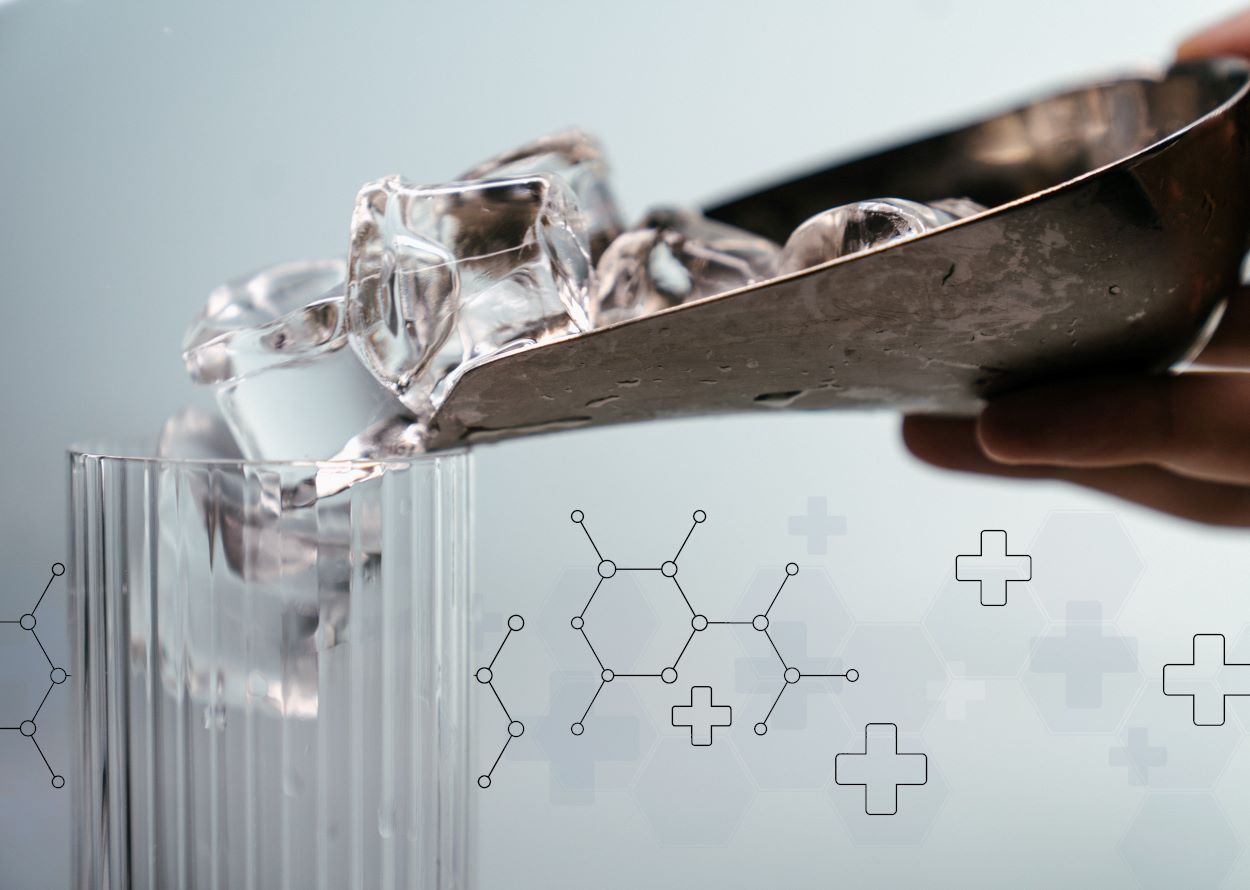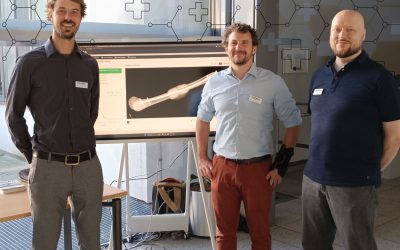As an early-stage startup, you are usually in the middle of your development process in order to implement your innovative idea as a first prototype and later as the final product ready for series production. At the end of a development phase, there is a design freeze. But what is it about? And how important is the design freeze of a medical device or in-vitro diagnostic device with regard to the subsequent clinical study?
Generally speaking, a design freeze “freezes” the product design and the current state of the product is fixed with respect to all its parameters. No changes are made when the product is subsequently subjected to systematic testing (e.g. usability testing or clinical study) or transferred to series production. If a change to the product is still required, it must be well documented and communicated, as a change after a completed development phase has an impact on other processes.
In the case of an ongoing systematic testing, a change to the product would affect the validity of the data collected. In case of a started serial production, a change might influence the supply of components, the production flow, or the quality inspection, and for a medical device even patient safety. Therefore, changes of a medical device that occur after a design freeze must be documented and evaluated within the framework of change management (ISO 13485) in order to be able to consider the consequences for involved processes.
For a new, innovative medical device, the all-important systematic testing at the end of product development is usually the clinical study (clinical investigation, MDR Art. 62) to collect clinical data on safety and performance of the device. Especially here, the importance of the design freeze is enormous, because clinical studies are associated with high planning, organization and documentation efforts and cause high costs. The data collected in a study always relate to the product design tested in the study. If significant changes are made to the product afterwards, the data can become invalid in the worst case.
In our work as startup coaches, we often experience motivated founders who would like to test their product – which is still in the development process – on patients right away. This enthusiasm is good, because it shows their conviction that the product will bring added value for the patients.
And that is exactly why we support medical innovations!
But despite this enthusiasm, be careful – the conduct of a clinical study should be well planned and should only take place with the product fully developed and “frozen”. Otherwise, in the worth case all the effort was in vain.
A medical device on the rocks should only be enjoyed after the developmental work is done 😉!





